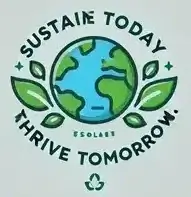Introdution
Ever wondered how a single pipe can poison an entire river? That’s the dangerous reality of point source pollution — when harmful substances are discharged from a specific, identifiable source directly into the environment. Whether it’s untreated sewage flowing from city drains or toxic waste released by a factory, point source pollution is one of the leading causes of water and air contamination in India and around the world.
Millions in India depend on rivers for drinking water and farming. So when pollution enters through direct sources, the impact is fast and long-lasting. From the Ganga to local lakes, ecosystems are struggling under the weight of pollutants — also read 8 Types of Water Pollution to learn how they differ.
Download Toolkit – Point Source Pollution Toolkit.pdf
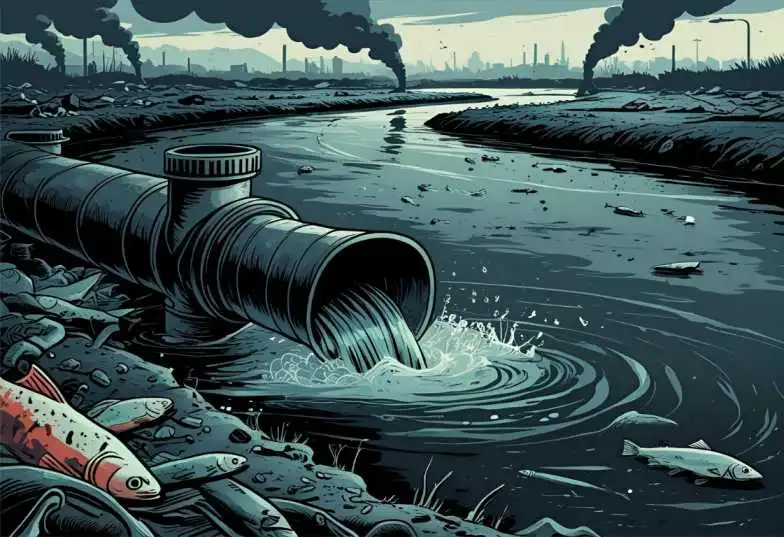
In this blog, you’ll learn:
- What exactly is point source pollution, and how is it different from other types
- Real-world examples from India and abroad
- The serious health, environmental, and economic impacts
- What we can do — from policies to personal action — to stop it
By the end, you’ll see why tackling point source pollution isn’t just a government issue — it’s a personal responsibility.
3 Key Takeaways About Point Source Pollution
- Traceable: Comes from a single source, like a pipe, drain, or chimney
- Deadly: Causes cancer, fish deaths, and waterborne disease
- Solvable: Laws like the Water Act + tech like ETPs can stop it
Scroll down to learn how to take action in your city or neighborhood.
Table of Contents
What is Point Source Pollution?
Clear Definition with Simple Examples
Point source pollution refers to pollution originating from a single, identifiable source, such as a pipe, drain, or chimney, that directly discharges pollutants into the environment.
Unlike general pollution that spreads from multiple areas, point source pollution is easy to trace, which makes it more manageable, yet still dangerous.
Simple examples of point source pollution include:
- A factory pipe discharging chemicals into a river
- A sewage outlet draining untreated waste into a lake
- An oil spill from a leaking tanker or ship
- A thermal power plant’s smokestack releases ash into the air
In India, cities like Kanpur, Varanasi, and Bengaluru have seen their rivers and lakes suffer due to untreated waste entering from direct sources.
Key point: If you can “point” to where the pollution is coming from, it’s point source pollution.
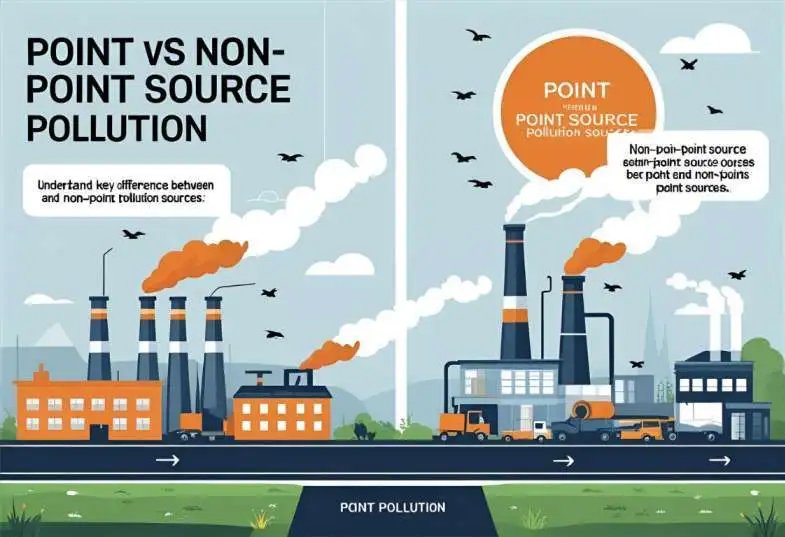
Point Source vs Non-Point Source Pollution
Many people confuse point source pollution with non-point source pollution, but they are different in nature and treatment.
Here’s a simple comparison:
| 🔍 Feature | 🏭 Point Source Pollution | 🌧️ Non-Point Source Pollution |
|---|---|---|
| Origin | Single, identifiable source | Multiple, scattered sources |
| Example | Pipe from a factory | Rainwater runoff from farms or roads |
| Ease of Regulation | Easier to monitor and regulate | Harder to trace and control |
| Common in Cities Like | Mumbai (factory outlets), Delhi (drains) | Rural Punjab (fertilizer runoff), hill areas |
Non-point source pollution typically occurs when rainwater picks up pollutants from roads, farms, and open lands, making it more diffuse and harder to manage.
Why this matters:
Understanding the difference helps us focus our efforts. Since point source pollution is easier to detect and regulate, it should be the first line of action in cleaning up rivers, lakes, and air in India.
Major Causes of Point Source Pollution in India and Globally
Industrial Wastewater and Factory Discharges
One of the biggest contributors to point source pollution is industrial waste. Factories, especially those near rivers or lakes, often release untreated or partially treated wastewater directly into water bodies.
In India, common examples include:
- Textile and tannery units in Kanpur are releasing chemicals into the Ganga
- Chemical plants in Gujarat are discharging toxic effluents into local rivers
- Oil refineries are leaking into marine ecosystems near coastal ports
Even though laws like the Water (Prevention and Control of Pollution) Act, 1974, exist, many units either bypass them or lack proper treatment plants.
Did you know?
A 2023 report by the Central Pollution Control Board (CPCB) found that over 60% of industrial units near rivers do not comply with wastewater standards.

Sewage and Domestic Waste Outlets
Urban India is also a major source of point source pollution. In many cities, untreated or poorly treated sewage is discharged through direct pipelines into rivers and drains.
Common examples:
- Delhi’s sewage drains flow into the Yamuna
- Open drains in Kolkata carry black water into canals
- Bengaluru’s Bellandur Lake is foaming due to toxic domestic waste
The problem worsens during monsoon when stormwater and sewage often mix, leading to flooding and contamination.
Urban Fact: Over 38 billion litres of untreated sewage is generated daily in India, much of it discharged from point sources.
Agricultural Discharges as Point Sources
While agriculture is mostly linked to non-point pollution, there are cases where point-source pollution occurs, especially when fertilizers, pesticides, or wastewater are discharged from specific points.
Examples include:
- Irrigation tube wells that pump chemical-rich water into canals
- Pesticide-contaminated runoff from greenhouse pipes
- Poultry or dairy farms discharging waste into nearby streams
This form of pollution, although less talked about, is growing due to the rise of commercial farming in peri-urban areas.
Growing your food reduces urban water waste and pollution. Start small with a DIY balcony vegetable garden using natural compost.
Summary:
From industrial units to city sewage and even certain agriculture practices, point source pollution stems from clear, traceable sources, making it both a threat and an opportunity for targeted solutions.
Looking to reduce your water footprint? Here’s how to start a zero-waste lifestyle in India.
Environmental and Health Impacts of Point Source Pollution
Water Pollution and Harm to Aquatic Life
When toxic waste flows from a point source — like a factory pipe or sewage outlet — it often enters nearby rivers, lakes, or oceans. This has a direct and devastating impact on aquatic ecosystems.
Common effects include:
- Oxygen levels in water drop drastically
- Fish and other species die or migrate
- Algae blooms form, choking life underwater
In India:
- The Yamuna River in Delhi is one of the most polluted due to direct sewage entry
- Bellandur Lake in Bengaluru is known for its froth and toxic foam
- Fish deaths are regularly reported in the Ulhas River near Mumbai due to industrial dumping
Fact: The CPCB has classified more than 300 Indian rivers as polluted, many due to point source pollution.
Human Health Hazards
When Polluted water from drains and pipes often enters our drinking supply, it becomes a serious health risk, especially for lower-income families with limited access to clean water.
Health issues caused by point source pollution:
- Waterborne diseases like cholera, dysentery, and typhoid, as warned by the World Health Organization
- Long-term exposure to heavy metals (lead, mercury) can damage the kidneys and the brain
- Children are especially vulnerable to developmental issues due to contaminated drinking water
Example: In parts of Bihar and Uttar Pradesh, arsenic-contaminated groundwater (due to industrial discharge) has led to high cases of skin lesions and cancer.
Warning: Over 70% of India’s surface water is not safe for drinking, bathing, or agriculture.
Economic and Social Costs
The impact of point source pollution isn’t just environmental or health-related — it also hits local economies.
According to the NITI Aayog Water Index, over 600 million Indians face high to extreme water stress, many due to polluted or poorly managed water systems.
Economic consequences include:
- Reduced income for fisherfolk due to fish loss
- Higher costs of water purification for cities
- Expensive medical treatments for waterborne illnesses
- Decline in tourism near polluted rivers or beaches
Case in point: Varanasi, a spiritual tourism hub, has seen reduced foreign visitors due to Ganga pollution, much of it caused by direct waste discharge.
Bottom line:
Point source pollution doesn’t just damage the planet — it harms people, livelihoods, and the future. The effects ripple through the entire ecosystem and economy.
Solutions — How Can We Control Point Source Pollution?
Government Regulations and Monitoring
The fight against point source pollution starts with strong laws and active monitoring. In India and globally, many legal frameworks already exist, but enforcement is key.
India’s major efforts include:
- Water (Prevention and Control of Pollution) Act, 1974 — regulates discharge from factories and municipalities
- Central Pollution Control Board (CPCB) — monitors major polluting industries and rivers
- National Green Tribunal (NGT) — acts quickly on public complaints and enforces penalties
Despite these frameworks, gaps remain. Many industrial units still operate without proper Effluent Treatment Plants (ETPs), and municipalities lack funds to upgrade sewage systems.
Update: In 2024, the NGT penalized multiple industries in Haryana for direct waste discharge into the Yamuna.
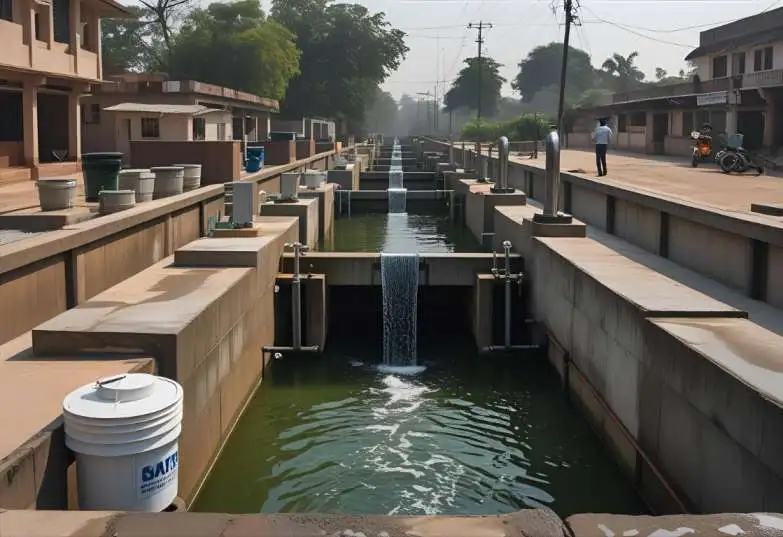
Technological Solutions and Best Practices
Technology can play a huge role in reducing point source pollution — if industries and cities adopt the right tools.
Effective solutions include:
- ETPs and STPs (Effluent and Sewage Treatment Plants) — to clean wastewater before releasing it
- Zero Liquid Discharge (ZLD) systems — ensure no industrial water is dumped untreated
- IoT and AI monitoring systems — track pollutant levels in real-time for large factories
- Green building norms — encourage sustainable water and waste management at source
Some cities, like Pune and Indore, are adopting decentralized wastewater systems for better local control — a model that can be replicated across urban India.
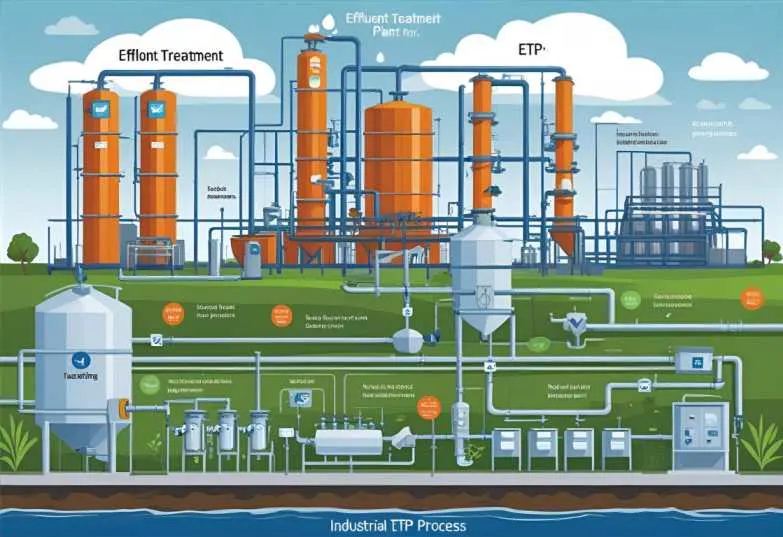
What You Can Do as an Individual
Controlling point source pollution isn’t just the government’s job. We all have a role to play — starting at home and in our communities.
Simple actions you can take:
- Avoid flushing medicines, oil, or paint down the drain
- Support eco-certified products and responsible brands
- Report illegal waste dumping using local civic apps (e.g., Swachhata App)
- Raise awareness through social media, schools, and housing societies
- Participate in cleanup drives or volunteer with local environmental groups
💡 Tip: If you live near a lake or river, talk to your local RWA (Resident Welfare Association) about monitoring drains and promoting STPs in the neighborhood.
Helpful Tools to Fight Point Source Pollution
Tool | Use | Link |
🏛️ CPCB Grievance Portal | Check the water quality in your home or colony | Visit CPCB Grievance Portal |
📱 Swachhata App | Report overflowing drains or sewage lines in your city | Download for Android |
💧 DIY Water Testing Kit | Check water quality in your home or colony | Buy on Amazon India |
📊 River Monitoring Dashboard | See pollution levels in rivers across India | Visit the NMCG Dashboard |
⚖️ National Green Tribunal (NGT) | File complaints about environmental violations | File at NGT |
Save these links and share them with your RWA, school, or apartment group to take real action.
Small habits at home can prevent major water pollution. Check out our Zero Waste Home Ideas guide to make your daily routine more eco-friendly.
Final thought:
Though point source pollution is easier to trace, solving it still demands collective action from governments, industries, and individuals alike
Conclusion: Time to Tackle Point Source Pollution Together
Point source pollution might come from specific locations, but its impact spreads far and wide, poisoning rivers, harming health, and hurting our economy. From industrial waste to untreated sewage, the sources may be clear, but the solutions need commitment from all sides.
In this blog, we explored:
- What is point source pollution, and how does it differ from non-point sources
- Major causes like factory discharges, city drains, and even agricultural outlets
- It has harmful effects on water, health, and local livelihoods
- Practical solutions — from policy and technology to individual action
The good news? Because this type of pollution is traceable, it’s easier to stop — if we act now.
- What can you do today?
- Take action now: Use the Swachhata App to report pollution near your home in just 3 steps.
- Download Swachhata App – Android
- User Guide PDF – Swachh Bharat Mission
Tip: You can report:
- Clogged or overflowing drains
- Open sewage lines
- Illegal waste dumping
And best of all, you can track your complaint status directly in the app!
To dive deeper, explore our posts on DIY balcony gardening and light pollution awareness.
Let’s protect our rivers, lakes, and communities — one small action at a time.
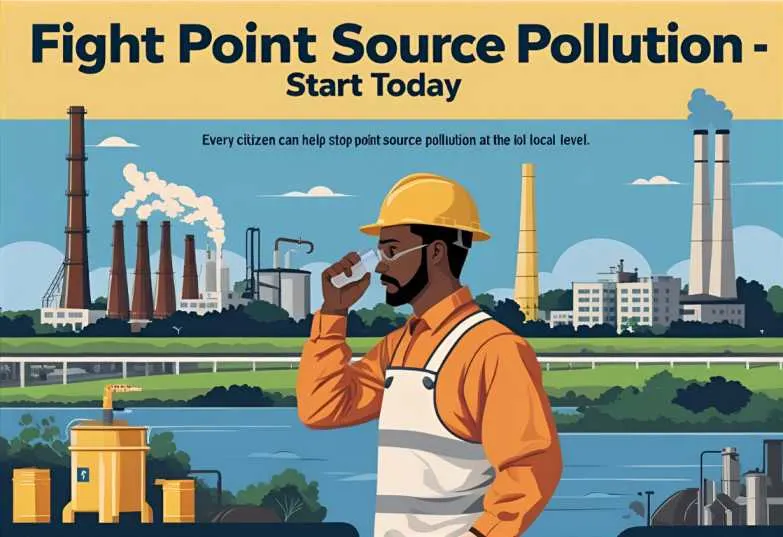
Download Toolkit – Point Source Pollution Toolkit.pdf
Frequently Asked Questions (FAQs)
What is point source pollution in simple words?
Point source pollution refers to pollution that comes from a single, identifiable source, like a pipe, drain, or chimney. It’s easier to detect and control because you can “point” to exactly where the pollution is entering the environment.
What are 3 examples of point source pollution?
Three common examples of point source pollution are:
Industrial waste discharged from factory pipes
Sewage flowing from a municipal drain
Oil is leaking from a tanker into the ocean
These are direct sources that can be monitored and regulated.
How is point source pollution different from non-point source pollution?
The key difference is:
Point source pollution comes from one specific source (e.g., a factory pipe)
Non-point source pollution comes from scattered sources (e.g., rainwater runoff from fields)
Point source pollution is easier to trace, while non-point source pollution is diffuse and harder to control.
What are the main causes of point source pollution in India?
In India, the top causes of point source pollution include:
Industrial wastewater from chemical and textile factories
Untreated sewage from urban drains
Waste discharge from power plants and hospitals
Many of these are released directly into rivers, such as the Ganga and Yamuna.
How does point source pollution affect human health?
Point source pollution can contaminate drinking water and cause:
Diarrhea, cholera, and other waterborne diseases
Long-term exposure to heavy metals (lead, arsenic)
Increased risk of cancer and organ damage
Children and low-income communities are most vulnerable.
What are some solutions to reduce point source pollution?
Effective solutions include:
Installing effluent and sewage treatment plants (ETPs and STPs)
Strict enforcement of environmental laws like India’s Water Act
Real-time pollution monitoring using IoT and sensors
Public awareness and reporting of illegal waste dumping
Who is responsible for controlling point source pollution?
Responsibility is shared among:
Governments that enforce environmental laws
Industries that must treat their waste
Citizens can report violations and reduce harmful habits
Everyone plays a role in controlling point source pollution.
Can point source pollution be eliminated?
It can be greatly reduced, but complete elimination requires:
Upgrading infrastructure
Transparent monitoring
Strong penalties for violations
Widespread public involvement
Some Indian cities have successfully reduced point source pollution with the right policies and technologies.
About the Author
Soumen Chakraborty is an environmental writer and eco-living advocate who helps Indian households start sustainable journeys. He’s the founder of greenglobe25.in and writes beginner-friendly guides on zero-waste living, balcony gardening, and eco products.
Follow on Facebook: ecoplanet25
Last update on 05 July 2025
